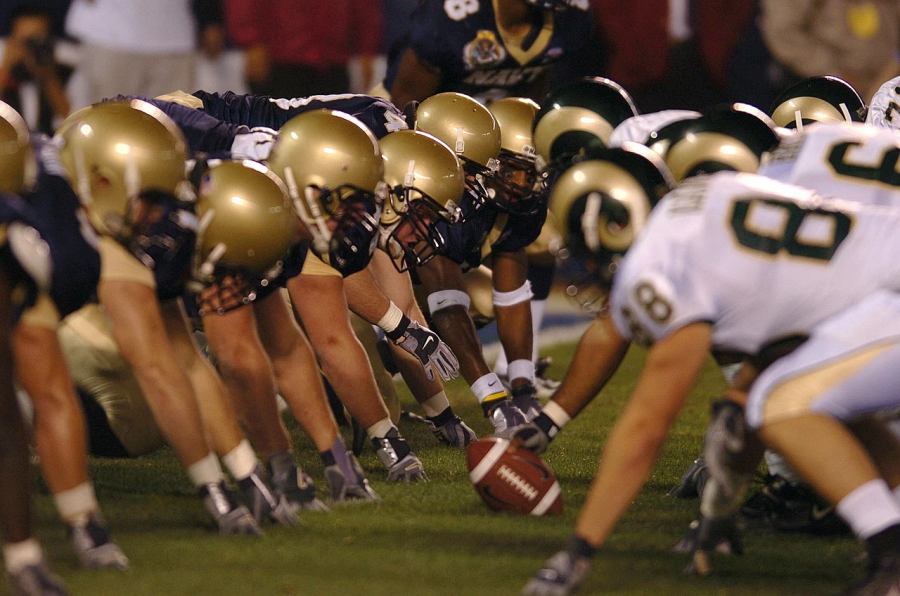The History of the Superbowl
With the 56th annual Super Bowl rapidly approaching, many people are already placing bets about which teams might come out on top. But how did the Super Bowl become such a huge phenomenon? To answer this question, we go back to the beginnings of the Super Bowl.
The first association for football, the NFL (originally called the American Professional Football Association), was created back in 1920 in Dayton, Ohio and comprised of many teams from neighboring states, including the Cardinals. They resided as the dominant football organization against many rivals until the AFL was founded in 1960.
The two organizations were formidable rivals for several years until both organizations called for a game merging their teams. The first Super Bowl game was played on January 15, 1967 at the Los Angeles Memorial Coliseum, where the Green Bay Packers faced off against the Kansas City Chiefs.
Many viewers misjudged the talent of the two organizations and believed the AFL would not be able to compete with the NFL. Even though the NFL won the first two Super Bowls, the AFL won the 3rd Super Bowl in 1970, with the two organizations going back and forth ever since.
After that, its popularity skyrocketed. For context, nearly every Super Bowl in the past decade made it to the top spots of the most watched television broadcasts of all time.
Large-scale advertisers have also anticipated its millions of viewers, with the average 30-second advertisement costing $4.8 million. These advertisements are full of celebrities and public figures to catch the audience’s attention, as well as showing their most creative work to date.
But the game itself isn’t its only attraction. Many of these celebrities are not only featured in these advertisements, but are featured on the field as well. Halftime shows are now one of the most anticipated events of the Super Bowl. Artists such as Beyoncé, Lady Gaga, and Bruno Mars have knocked the top off with their incredible halftime shows.
In short, with the Super Bowl combining the prowess of a beloved sport with many exciting side attractions, it’s no wonder its legacy persists today.
